The Complete & Concise History of the LOMO LC-A
5 16 Share TweetThe story of the original Russian LOMO LC-A is one of the favorite and most popular real-life tales of a photographic camera's history. The compact camera shaped the future of analogue photography and was one of the first to break the rules of late 20th century photography. The story of Lomography and the Lomographic Society is also closely tied to the LOMO LC-A.
And so, once again we narrate the tale of the Russian LOMO LC-A from its inception to its end.
Early 80's: a fateful beginning
It's no secret that the 1981 Japanese compact camera Cosina CX-2 was the inspiration of the Russian LOMO LC-A. This was how it all began, on a fateful day in the year of 1981:
General Igor Petrowitsch Kornitzky, the right-hand man to the USSR Minister of Defense and Industry introduced the camera on to the desk of his comrade Michail Panfilowitsch Panfiloff, the director of the LOMO Russian Arms and Optical factory. Kornitzsky shared his find, noting the sharp glass lens of the Cosina CX-2, and the extremely high light sensitivity and robust casing. Finding the the Cosina CX-2 highly superior, the two men decided to copy and improve the design. The goal was to produce the largest quantity of the Soviet version of the camera in which the whole society would love.
According to the LC-A Big Book, due to patents, the engineer and inventor Mikhail Grigorievich Kholomyansky tweaked the style a little of the the LC-A to avoid any issues with the Japanese. However, this earned him the anger of the General Panfiloff, wanting the LC-A to be an exact copy of the Cosina. Dismayed and perplexed, Kholomanyansky went back to his workshop and tried the best he could to bring the demands of the general without facing possible issues.

By 1982, through engineer Mikhail Grigorievich, Soviet Russia already produced the camera in samples in St. Petersburg, with the aim that every Communist should have the now popular LOMO KOMPAKT AUTOMAT.
For the camera's lens, the LOMO PLC took in inventor Mr. Tarabukin to create a sharp glass lens for calculations. However, the cost of production of the lens would have been too expensive, hence it was passed down to the in-house optical specialist, Lev Sakin. The lens was named after Mr. Tarabukin -- the "Minitar-1" lens.
Fast forward to 1984. It wasn't for long that when the camera went for mass production -- selling more than 1000 units per year solely in the Russian market. The Soviets and their Socialist playmates -- Vietnam, Cuba and East Germany -- also found their affinity for the LOMO LC-A throughout the 1980's documenting what would be the last hurrahs of Communism, with occasional beach vacations at the Black Sea.
Up to 1200 employees worked on the camera, 500 were assemblers. The production manager Olga Tsvetkova preferred young women to be assemblers. The second major stage of the camera production involved engineers, whom worked with the mechanisms of the camera such as its aperture and circuit boards. Most of the engineers in the LOMO PLC came from the LITMO Institute of the "Technikum (Technical School)", the school which Mikhail Kholomyansky and Olga Tsvetkova once attended.
1991 to 1992: The Decline & Rise of the LC-A
Now, the fall of the Soviet Union in 1991 did not help the production of the LOMO LC-A. If anything, it weakened due to the flashy imports from Asia. Eventually LOMO gave up on the camera and went out of production.
The fate of the camera rested once again in the hands of another happy accident -- this time through a group of Austrian students who went to Prague, Czechoslovakia (now the Czech Republic) for a vacation once the Czech had their newfound democracy in May 1991. These students were passionate for relentless shooting and their fascination for vintage photography. They went to several quirky, old school camera shops and thrift stores, eventually catching their eye on the then-out-of-production LC-A. The Viennese students picked the camera up, tried and tested it. Loving the look-and-feel of it, they bought a couple of the LC-A, and burned a few rolls of film. They shot from the hip, through their legs, and even sometimes they looked through the viewfinder along the streets of Prague.
When the LC-A produced images of the Viennese students were released, the demand of on the LOMO camera exploded. In 1992, the, the Lomographic Society (Lomographische Gesellschaft) was founded in Vienna, and helped the people who loved the aesthetic with the LC-A to get their own units -- even if it takes clandestine measures at the Eastern Bloc.
The demand was so high that the society decided to hold exhibitions, parties, workshops , tours and "Lomo Embassies". The LOMO LC-A was no longer just a cheeky copy of the Cosina -- it became part of a new lifestyle and aesthetic which would change the history of photography.
The only problem to this huge market demand was that the supply of the LC-A was diminishing (since it was out of production). To solve this, the same Viennese students went to the LOMO Optics factory in St. Petersburg, daringly underwent negotiations to convince the LOMO factory heads and the now Russian president Vladimir Putin (then Vice Mayor of St. Petersburg) to begin production again due to the camera's international status. The Society members was successful, and once again ensured that the LC-A would continue breathing through their efforts in making the supply steady.
However, the the LOMO LC-A would continue to face production challenges for the rest of the 90's.
1994 to 1997: More risks and efforts
From 1991 the demand for the LOMO LC-A experienced gradual decline; the economic status then in Russia made the camera barely affordable to Russians. By 1994, only 30 employees were working on the LOMO LC-A production, eventually it was discontinued, and the camera and film department was shut down.
By this year, the future of LC-A as well as the LOMO PLC factory remained gravely uncertain; 15,000 workers were forced out of labor. In an effort to promulgate and save the camera, new Lomographers went to Moscow for an exhibition.
With some success from the exhibition, the LOMO LC-A was again renegotiated in St. Petersburg. 1000 cameras a month were being produced and delivered to Austria. When the Sovient Union fell, energy prices and production rose, making the Russian economy now a capitalist. The demand for the camera became greater, and so was the price in St. Petersburg, raised to 50% so it could afford production.
By 1997, this became a difficulty for new Lomographers. The Society then again made an appointment with the Austrian Consul in St. Petersburg and negotiated again with Vladimir Putin, convincing that the LOMO PLC officials to recalculate the cost of production of the camera.
An agreement came to be, with the usual production cost to be maintained, making the camera still affordable. Changes were also made to the Russian LC-A. The 1997 version was grams lighter and would have two small contacts on the bottom right side of the camera, meant as an electronic interface for a possible motor drive attachment. The production was finally secured.
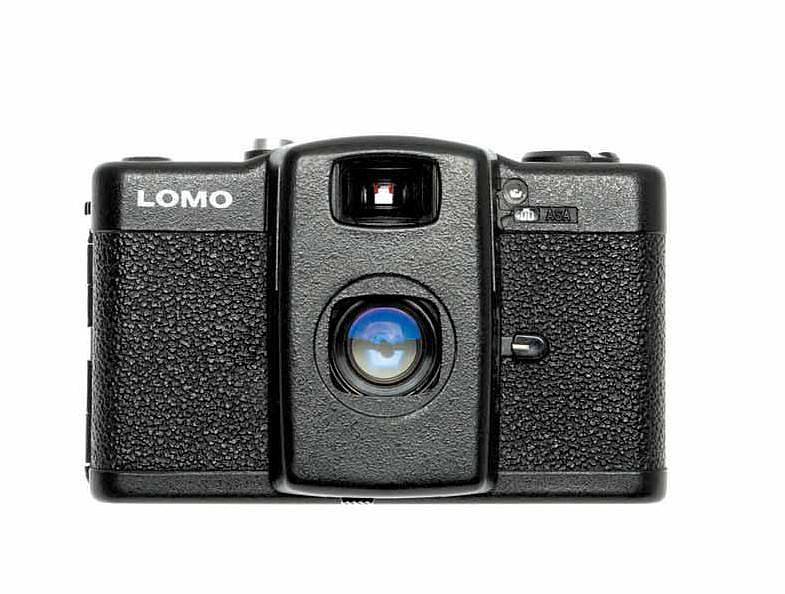
In 1999, the effort to keep the camera alive was more assertive and stronger than ever. In reaction to the price hike and the challenge to beat flea markets that sell the LC-A cheaper, the Lomographic Society opened the first Lomographic Embassy in St. Petersburg, Russia.
According to the LC-A Big Book, the PR boss Lazar Zalmanov welcomed the new millennium by celebrating the LOMO FOTOKOR in the Lomo Embassy.
“It’s exactly the seventieth birthday of the LOMO FOTOKOR, the first mass-produced camera by the Soviet Union. Let’s really celebrate by holding the event in one of the most prestigious theatres in the city and we’ll call the whole thing ‘Let’s bring the LOMO LC-A back to it’s motherland’. We can also announce the opening of the St Petersburg LomoEmbassy and finish the event off with the fine Lomo wine, your German LomoAmbassadors brought us.”
The event itself secured the LOMO LC-A's status, at least until its last breath in the next eight years.
2005: End of an era
By early April 2005, the LOMO Optical Factory announced they will ultimately cease all production of the camera, as they could no longer support the small niche fabrication of a single little camera and was unfitting with their more specific and high-tech products. According to the LC-A Big Book though, one of the causes was that original workers for the LOMO LC-A were getting older -- most of them were retiring or dying. The intricate knowledge in assembling the Russian camera could not be fully passed down.
One hundred LOMO LC-A's were still available and would be sold out in a few days. However, to get the best out of this, a small LOMO LC-A refurbishing workshop was opened in the LomoEmbassy in St. Petersburg with the help of some former LOMO PLC workers. Around 5,000 broken LOMO LC-A's were sent to the workshop, which was then accumulated for more than 10 years. These camera are now currently being sold at the Lomography Online Shop.

But unsurprisingly, the Society, which was ever supportive and loyal to the camera since its discovery in Prague, quickly hatched a plan and rebuild the new LOMO LC-A, taking all the beloved and classic feature of the LC-A as well as putting new features.
The LC-A+, the successor of the Russian LOMO LC-A, will carry the torch of its father's legacy in the next year, this time in the stronghold of China.
Continue the journey of the LOMO LC-A as it resurrects itself as the LC-A+ in All You Need to Know About the Lomo LC-A+.
For further reading:
LOMO LC-A's Father: The Cosina CX-2
The Great LC-A and LC-A+ Masters
Going Back to the Birthplace of LOMO LC-A
The Non-Lomographic Use of My Lomo LC-A
A BBC Documentary: The Lomo Camera, Shoot from the Hip
How to do Easy Multiple Exposures with your Classic LC-A!
For technical specifics and other information of the camera, visit the microsite of the LC-A. There's also the microsite of the LC-A+, the improved and modern version of the Russian compact camera.
2017-03-06 #gear #russian-camera #lc-a #soviet-camera #lomo-lc-a #lomo-kompakt-automat #lc-a-history



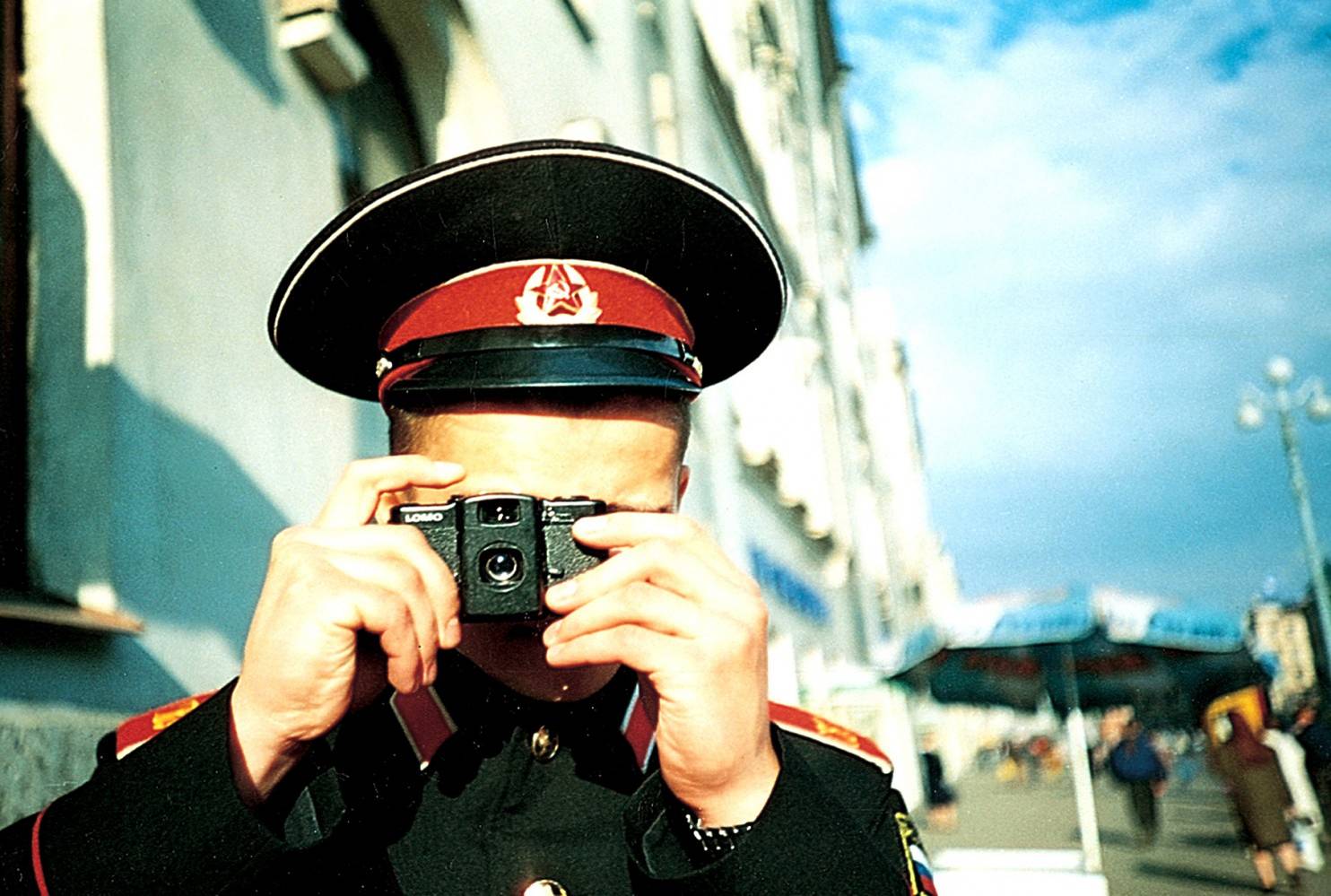
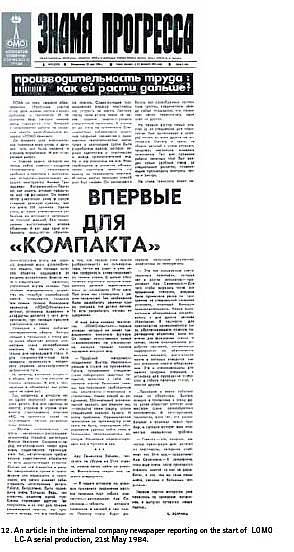







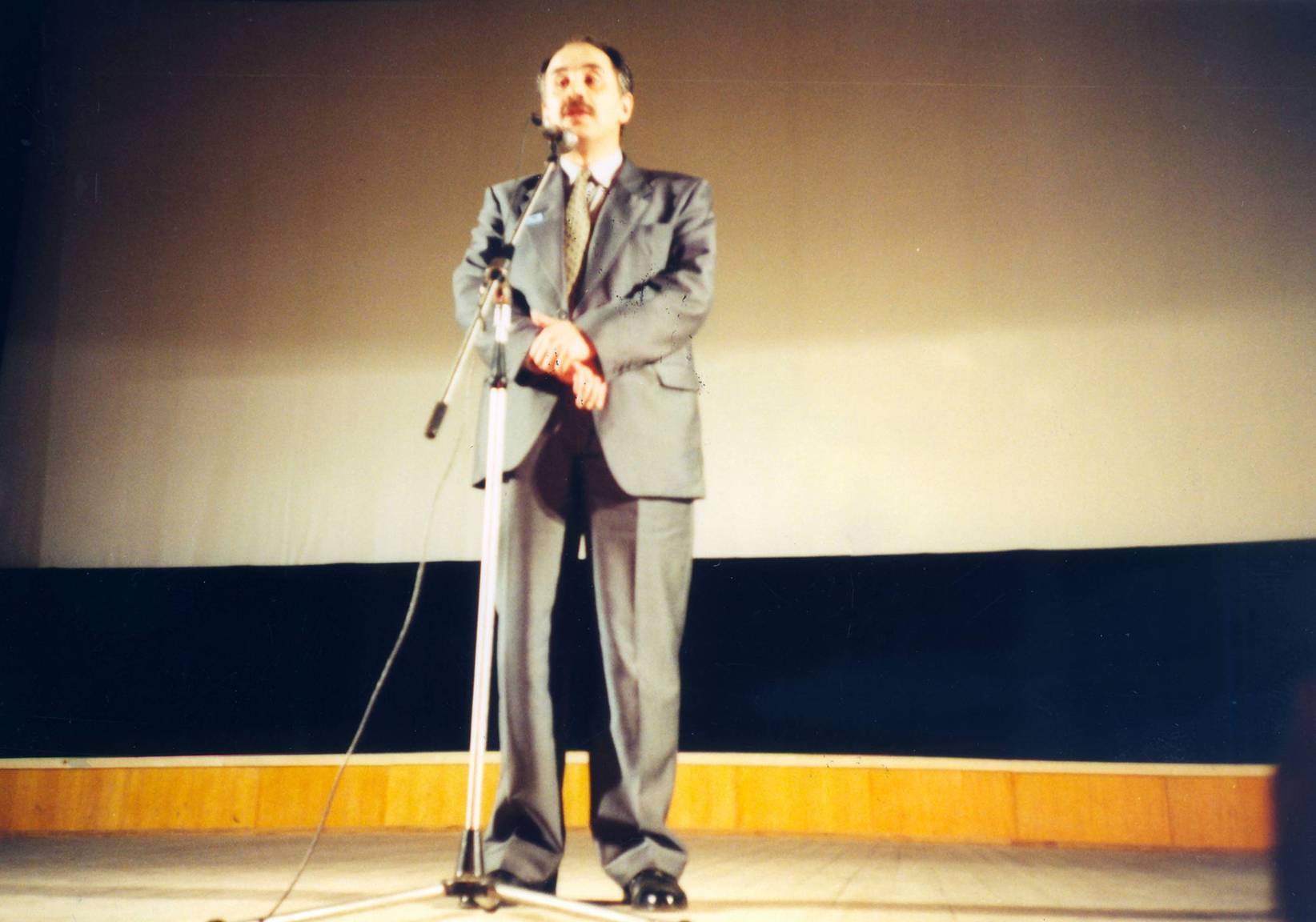












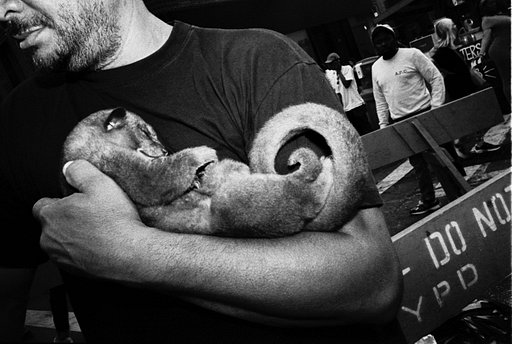




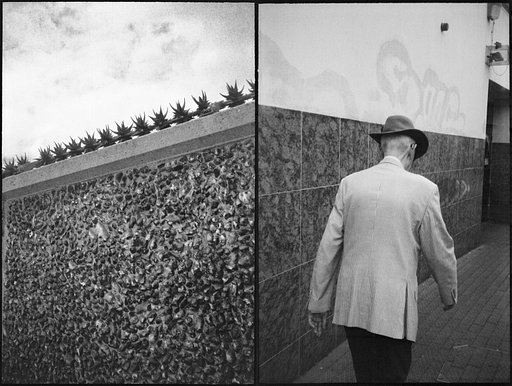


5 Comments